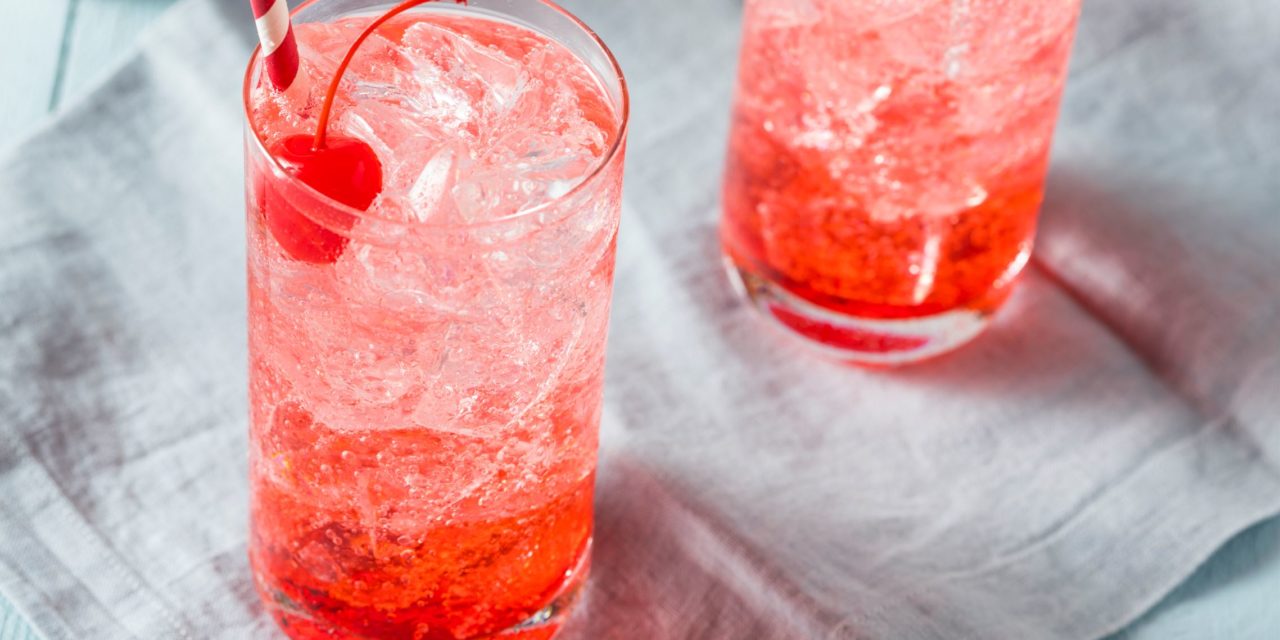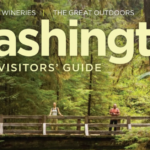Early this year, the National Restaurant Association released its state of the industry report that included the top food and beverage trends for 2022. Now, roughly halfway through the year, we’re revisiting these trends with a focus on beverages you can expect customers to be asking for this summer.
Top three alcoholic beverage trends
Last winter, the National Restaurant Association listed hard seltzer, uniquely spiced cocktail rims and at-home cocktail kits as the top three trends for alcoholic beverages in 2022. Heading into summer, do those predictions seem on-point?
While at-home cocktail kits and hard seltzer continue to be popular, flavor preferences have changed, and many expect this summer to be full of bold flavors across the board. Low-calorie, and sometimes low-flavor seltzers have been increasingly popular in bars and the supermarket over the last few years, but beverage makers are shifting from light seltzers to bolder, familiar flavors like cherry and watermelon. You can expect to see the same changes in bars and restaurants.
A recent New York Times article predicted that the Dirty Shirley, a Shirley Temple with vodka, could be the big drink this summer. The article features quotes from millennial New Yorkers that say moving back to their hometowns in 2020 instilled in them a sense of nostalgia that they are bringing back to the city. Whatever the reason may be, you can expect to see a return to sugary, simple childhood favorites like watermelon, strawberry, cherry, apple and grape in beverages of all kinds.
Here to stay: Pandemic beverage trends picking up steam
The Dirty Shirley might fly in the face of the flavorless, low-calorie beverages that have been trendy for the last few years, but other trends you might associate with 2020 are just getting started.
The prepackaged cocktail has achieved a new level of prestige, and might be the only reason we aren’t seeing as many cocktail kits. Hotels like Marriot are jumping at the opportunity and selling cocktails in a can or bottle for the same price or more than a drink mixed right in front of you at a bar.
Similarly, boxed wine might be on the verge of breaking out of the supermarket. Restaurants and hotels are recognizing that boxed wine is easier to store and preserve than bottled wine, and consumers appreciate its sustainability. A three-liter box generates about half the carbon dioxide emissions of a glass bottle, and it is cheaper to transport. You may be surprised by environmentally conscious wine-drinkers’ willingness to accept wine from a new receptacle.
On the lower (or no) alcohol side of things, probiotic, fermented beverages continue to be popular, but kombucha’s dominance is being threatened. Drinks like water kefir and Tepache, a fermented Mexican soda, have more diverse probiotic strains than kombucha and are creeping into the mainstream. Herbal spirits like absinthe are also seeing a renaissance, and floral profiles like hibiscus, lavender and elderflower are gaining popularity.
Hospitality businesses have a lot of options they can choose from this summer. All while staying hip. The possibilities are endless.



















![Webinar replay! [Ask a Lawyer] Best hiring practices](https://wahospitality.org/wp-content/uploads/2024/05/CatherineHiring-webinar-150x150.png)









